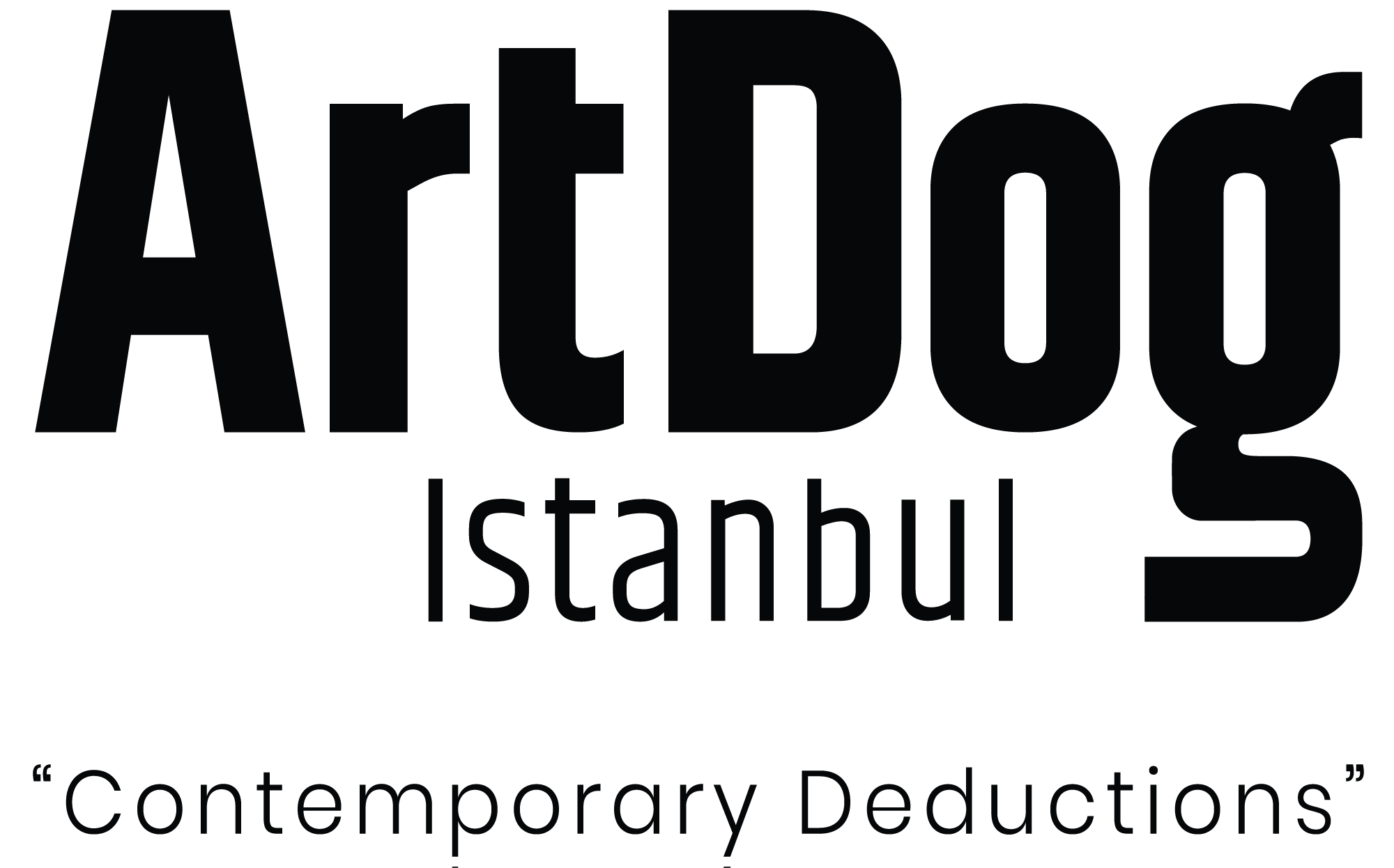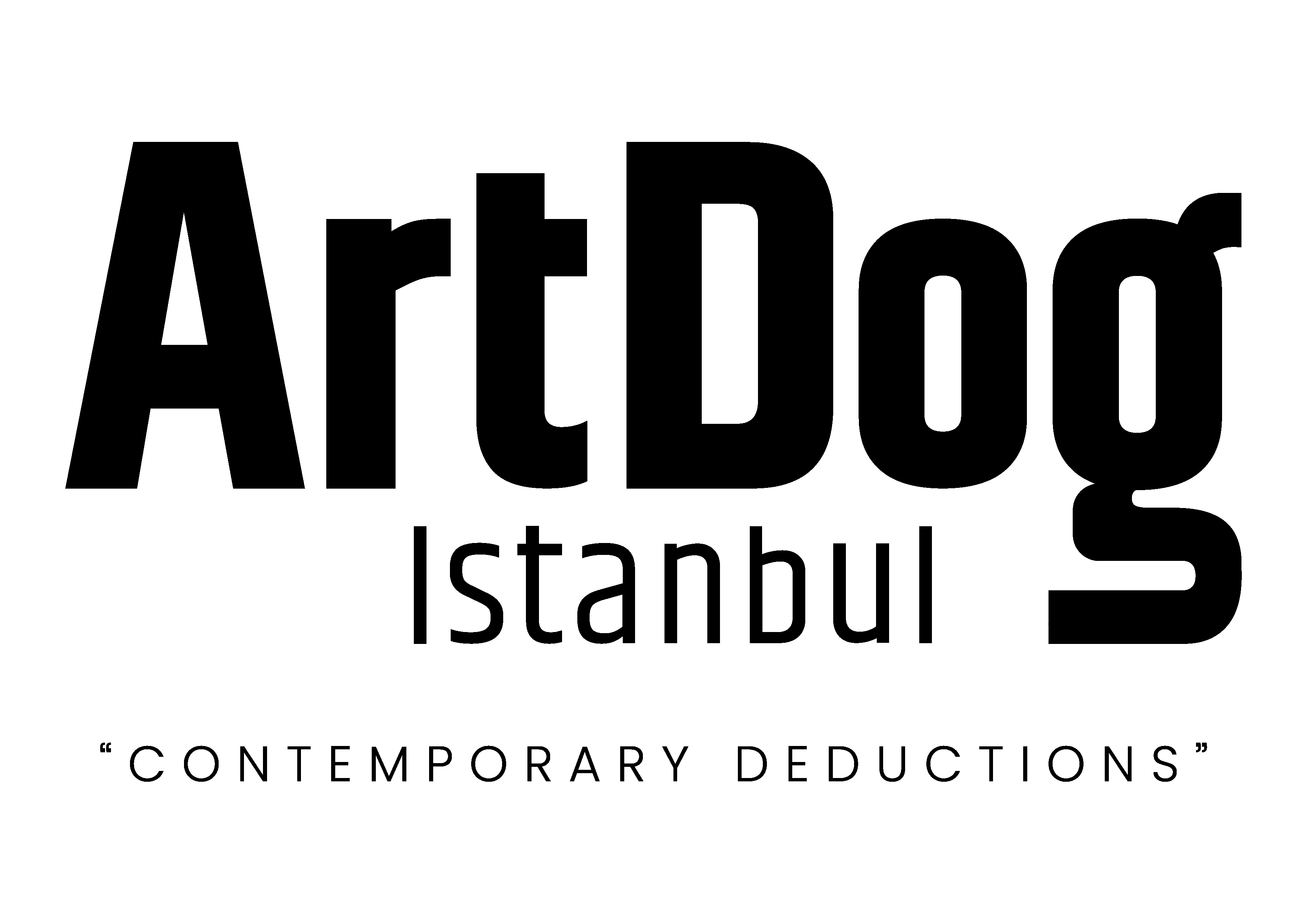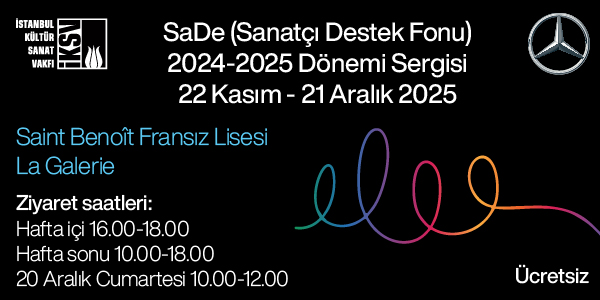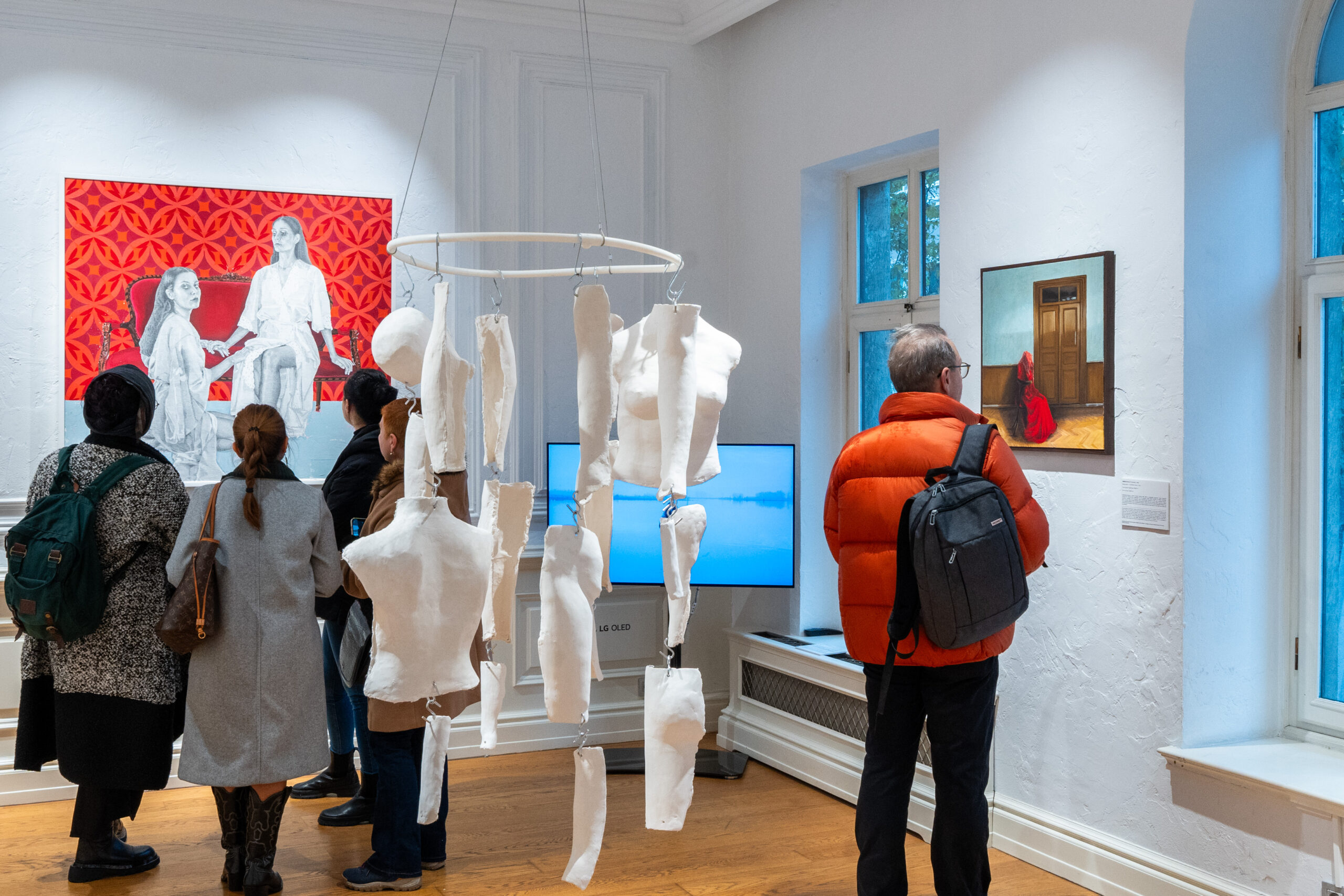The group exhibition titled “Everyone Knows…” critically examines democracy in crisis through original artistic practices. Curated by Bahar Adan and hosted at G-art Gallery, the exhibition aims to position itself outside of Türkiye’s increasingly superficial, non-discursive, and politically neutralized art environment. Hosting works from artists across various disciplines, the exhibition seeks to intervene in an unwritten, accidental historiography. Through their unique practices, the artists offer a critical perspective on the current democratic crisis.

This exhibition, which positions itself outside the superficial, undisputed, and politically neutralized contemporary art scene, points to the potential for change through togetherness, dialogue, and understanding developed via art. The artists draw inspiration from the Bayeux Tapestry, a 11th-century historic embroidery.
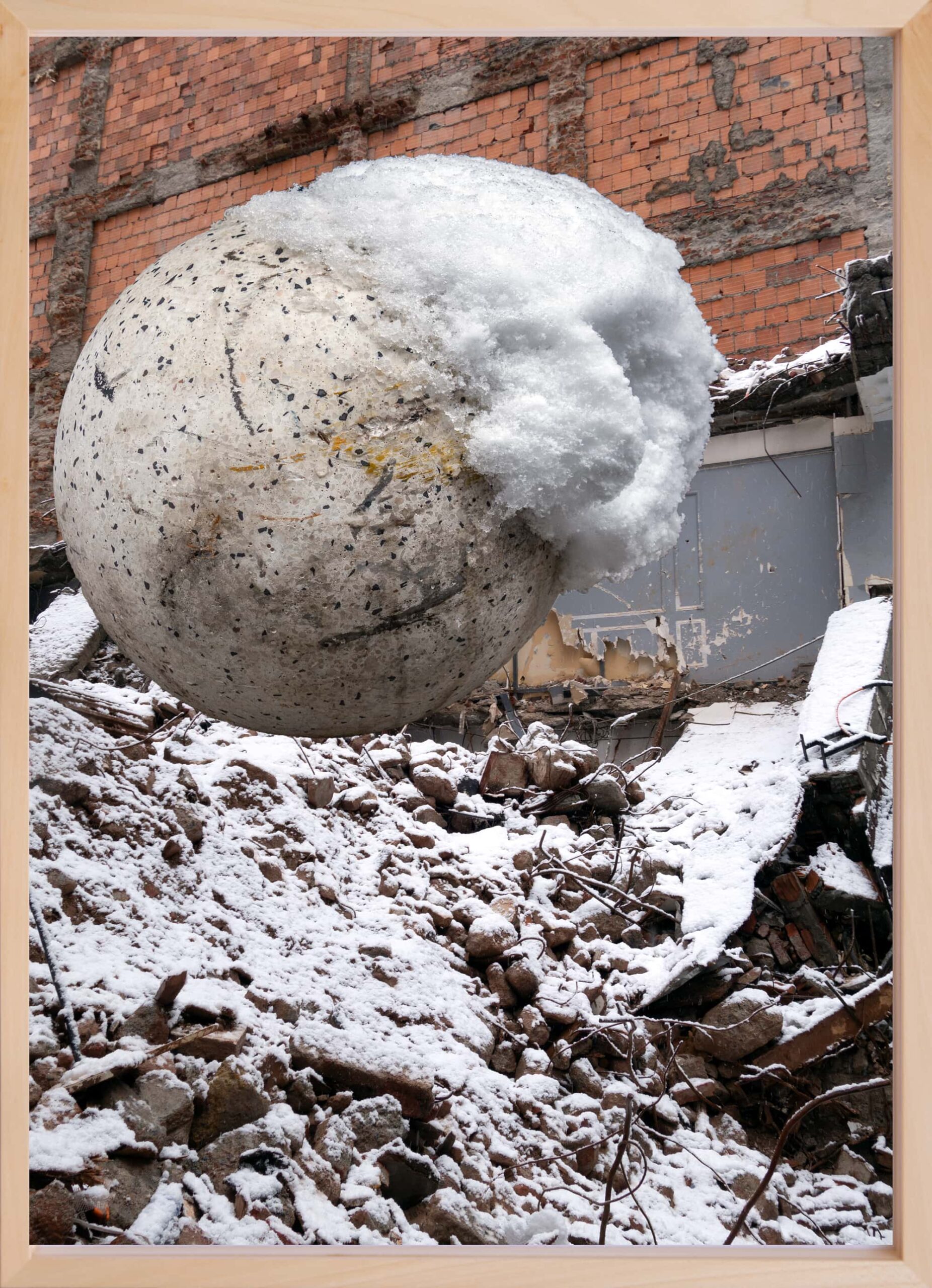
Depicting the Norman Duke William’s conquest of England in 1066, this 68-meter-long work is not only a narrative of victory but also a visual record of war, power struggles, and social structure.

The tapestry contains countless details about chainmail, sea voyages, battle scenes, and the Middle Ages, serving as a historical example of political narration. The exhibition press release includes the following statements about the work:
“(…) This nearly 950-year-old artifact is considered a representation of victory and sovereignty; yet, it also offers a historical record of war, power struggles, and the impact of governments on society. It has contributed to access to information found in almost no other source.”
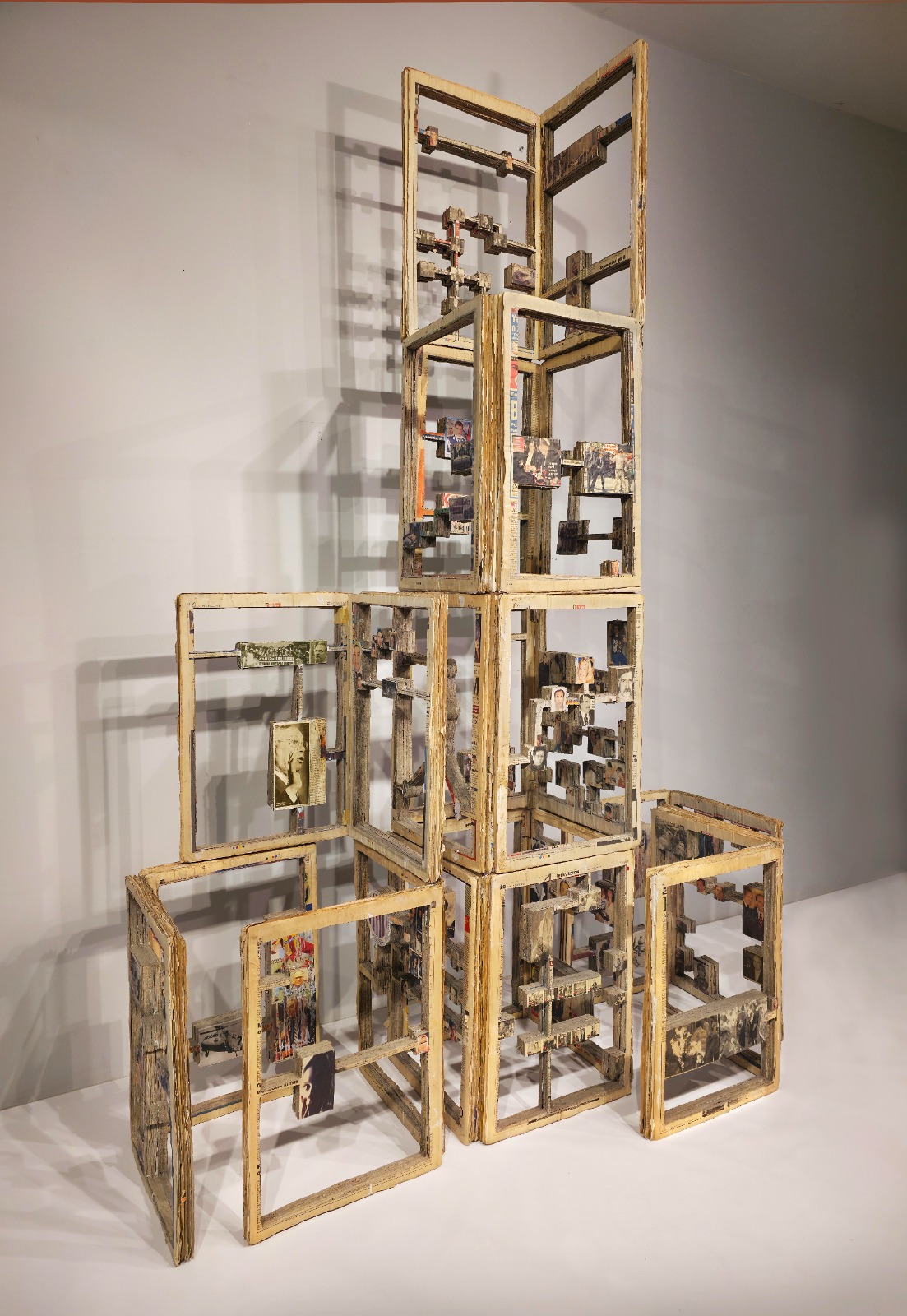
Contemporary political victories and power struggles, carried out through media, economic wars, cultural hegemony, propaganda, “hidden” wars, internet disinformation, cyberattacks, or cultural conflicts, show parallels with the historical warfare depicted in the Tapestry.

Large corporations and global economic powers create power dynamics similar to the traditional monarchy and aristocratic structures in the Bayeux Tapestry. Global injustices such as income inequality, class division, and economic injustice overlap with the social hierarchy portrayed in the tapestry. Issues like migration, racism, xenophobia, cultural conflicts, dictatorship, and global political struggles are among the signs of the great dissolution we experience today. As a result, the Bayeux Tapestry serves as a visual source illustrating how historical and modern political dynamics progress in parallel, how power and resistance transform, and how social inequalities and wars persist in modern times.
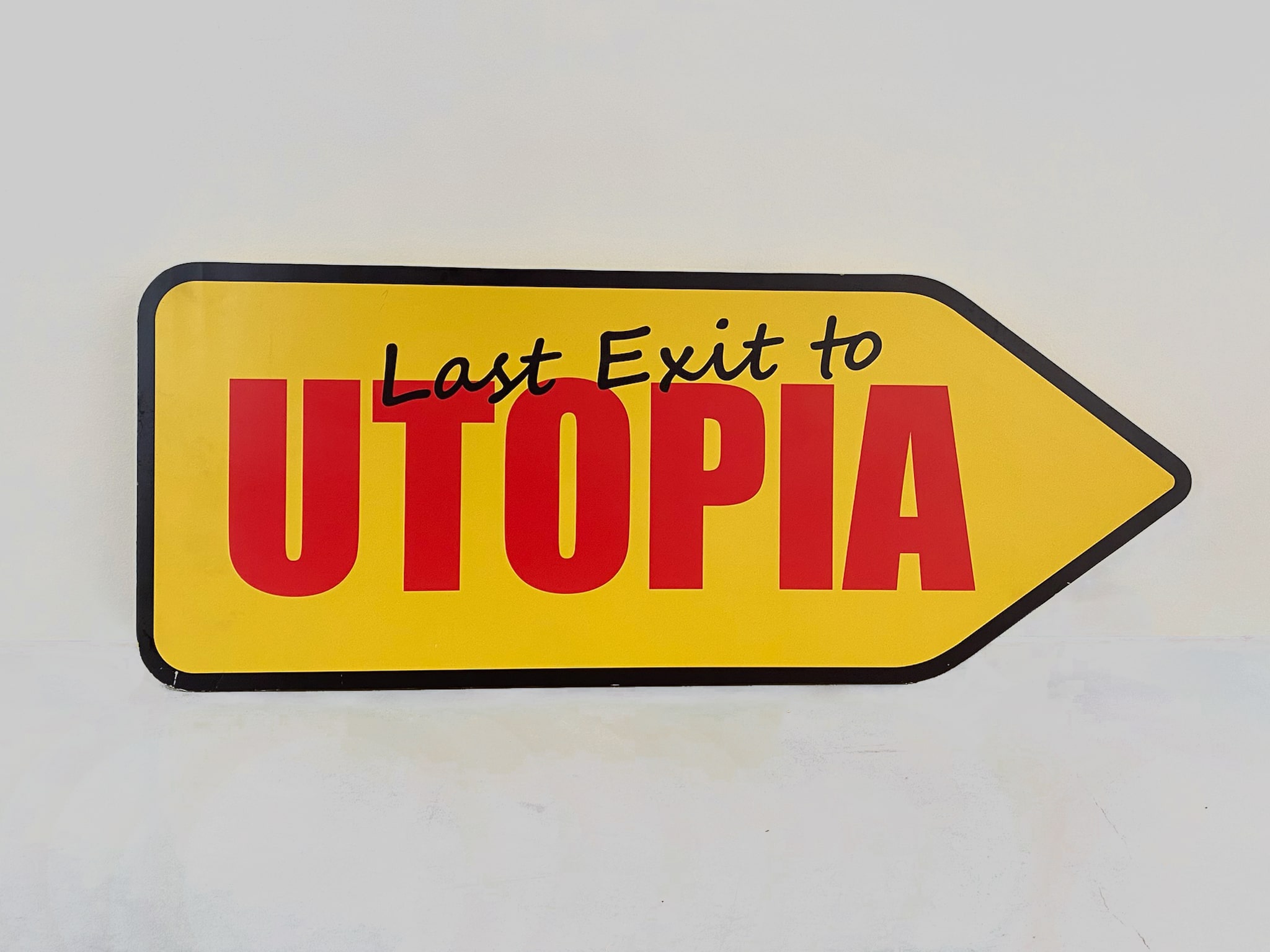
In this context, the exhibition compares history with the present, questioning the transformation of power relations and the position of art within these relations. The artists take a deeper and more intellectual stance against contemporary art productions that appear neutral on the surface. Because it is known that art is not limited to producing direct political responses. Art can create spaces for thought through its own tools; it can open experiential fields that address complex contexts beyond everyday politics.
This exhibition also aims to open a space for the following questions:
-
Where and how is political art made visible?
-
Do invisible or embedded narratives only gain meaning when noticed?
-
Is leaving a trace necessary for an effective production?
-
How much can forms of resistance in art expand?
-
How can critical art be positioned among images aestheticized by capitalism?
-
How does the manipulability of media images transform the impact of political art?
Society must reconnect with politics through art. Everyone Knows… opens a discussion on today’s dominant political and aesthetic dynamics in a historical context. The exhibition emphasizes belief in rights, law, justice, and freedom and will be on view until June 28.


